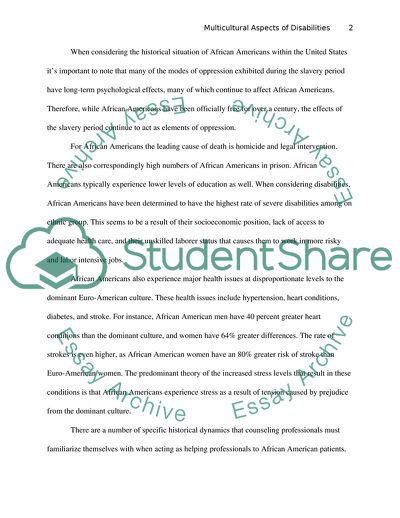Cite this document
(Multicultural Aspects of Disabilities by Willie Bryan Book Report/Review, n.d.)
Multicultural Aspects of Disabilities by Willie Bryan Book Report/Review. Retrieved from https://studentshare.org/social-science/1734221-helping-relationships-iii
Multicultural Aspects of Disabilities by Willie Bryan Book Report/Review. Retrieved from https://studentshare.org/social-science/1734221-helping-relationships-iii
(Multicultural Aspects of Disabilities by Willie Bryan Book Report/Review)
Multicultural Aspects of Disabilities by Willie Bryan Book Report/Review. https://studentshare.org/social-science/1734221-helping-relationships-iii.
Multicultural Aspects of Disabilities by Willie Bryan Book Report/Review. https://studentshare.org/social-science/1734221-helping-relationships-iii.
“Multicultural Aspects of Disabilities by Willie Bryan Book Report/Review”. https://studentshare.org/social-science/1734221-helping-relationships-iii.


